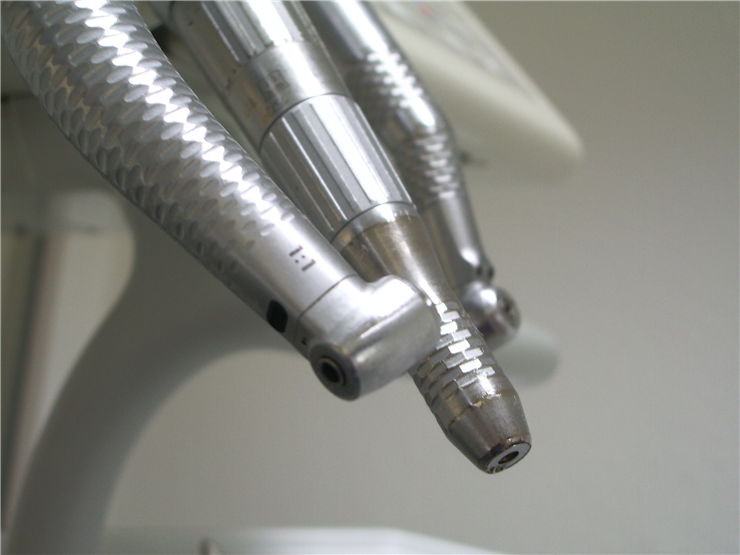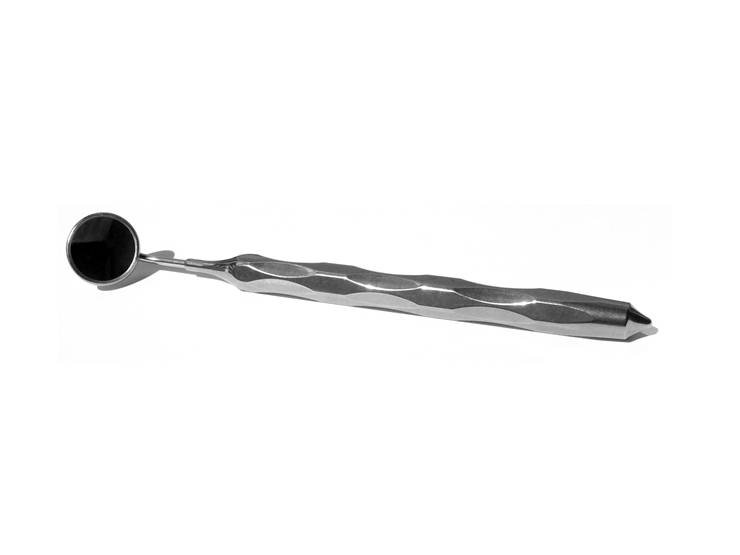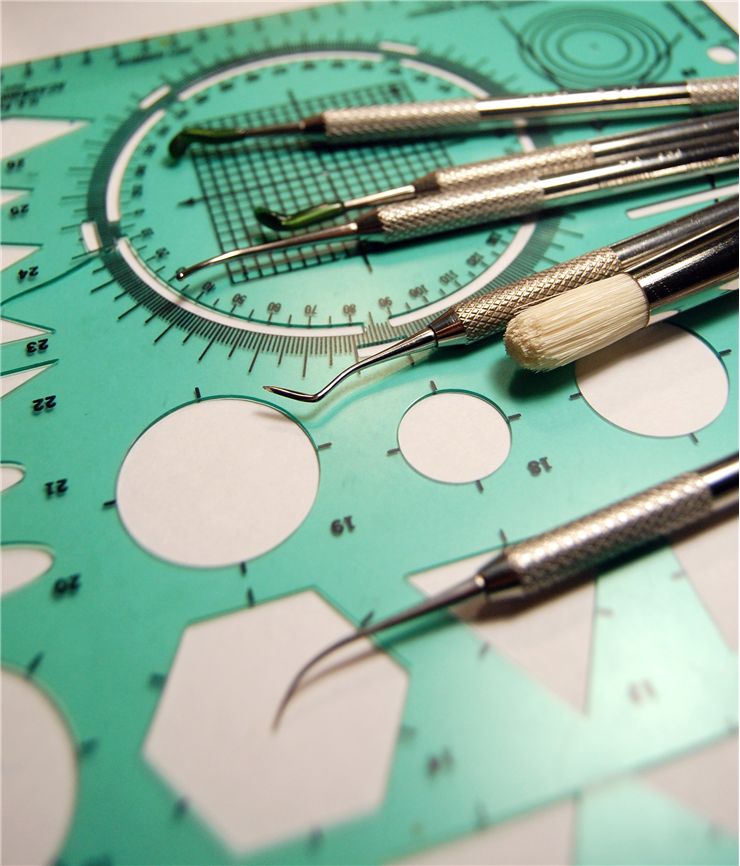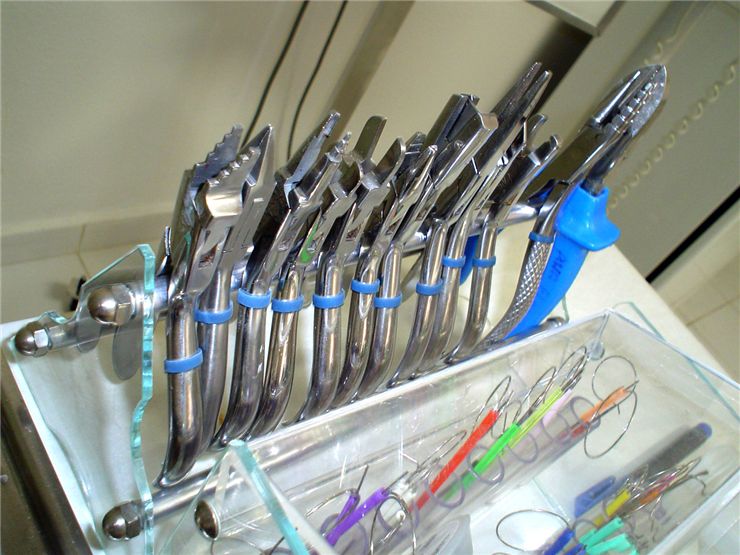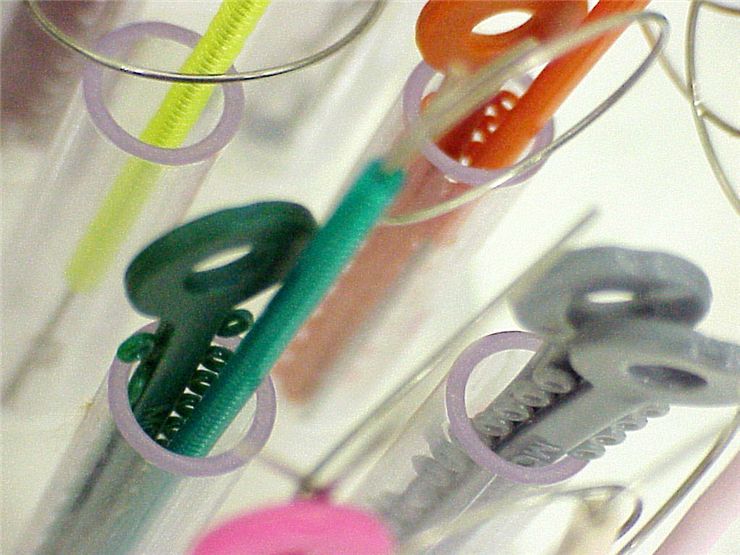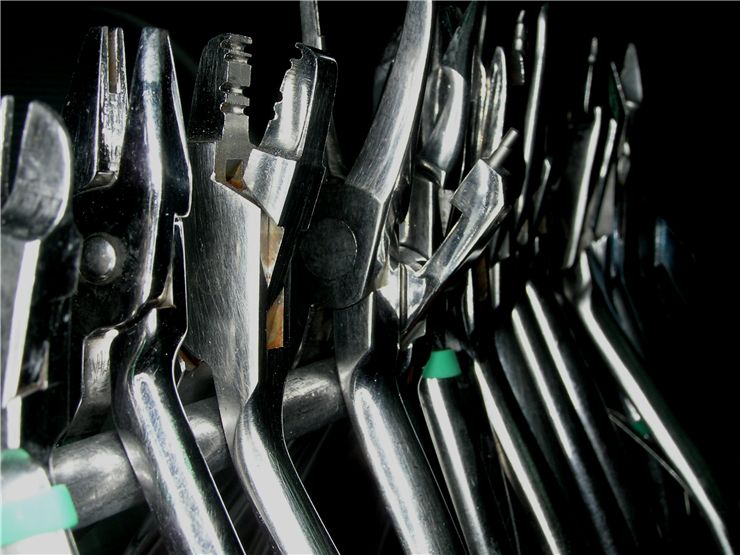History of Dental Instruments - Dental Drill
Practical dentistry today is primarily done with a set of sophisticated dental instruments. It wasn’t always so but we can see connection between ancient tools that were used to treat teeth in early times and instruments that are used now.
One of the earliest dental tools is a drill. The first dental drill appeared in 7000 BC and was an invention of Indus Valley Civilization. It was actually a bow drill at it is believed that it was operated by skilled bead craftsmen because its main use was in production of beads and jewelry. Next step in development of dental drills were mechanical hand drills but they were quite slow. The first mechanical dental foot engine was built by John Greenwood in 1790. It was inspired by a foot-powered spinning wheel. The clockwork dental drill was invented in 1864 by British dentist George Fellows Harrington. It was much faster than hand drills, but also produced great deal of noise. American dentist George F. Green invented pneumatic dental drill in 1868. It was powered with pedal-operated bellows. Pedal-powered burr drill appeared in 1871 and was an invention by James B. Morrison. George F. Green also invented and patented the first electric dental drill in 1875 which revolutionized dentistry. Electric dental drills were improved in time and by 1914 they could reach speeds of up to 3000 rpm. John Patrick Walsh, with members of the staff of the Dominion Physical Laboratory (DPL) Wellington, New Zealand, invented predecessor of a modern air turbine hand piece dental drill in 1949. Modern dental drills, based on this, can have up to 800,000 rpm, although they most commonly have up to 400,000 rpm. Dental burs are used in these hand pieces and are made of tungsten carbide or diamond.
Dental drills are not the only instruments used in dentistry. Dental explorer or sickle probe is used to enhance tactile sensation because sometimes decay can be difficult to diagnose without tactile verification. The most commonly used is so called No. 23 explorer, also known as a shepherd's hook. Periodontal probe looks like a dental explorer but its tip is marked and blunted at the end. It is used to measure pocket depths around a tooth in order to establish the state of health of the periodontium.
Tools for tooth extraction were used since 14th century when Guy de Chauliac invented Dental Pelican which was in use until 18th century. It was replaced by a dental key. It is not known who invented it but it appeared for the first time around 1730. It often caused tooth breaking, causing jaw fractures and soft tissue damage. Dental key was used until 20th century when modern forceps replaced it. They are still in use today.
Mouth mirror is used to help dentist to see teeth in locations of the mouth where visibility is difficult or impossible. Periodontal scaler is used in used primarily in the prophylactic and periodontal care of human teeth along with periodontal curette. The first have narrow the tip while the second have blunt one.
